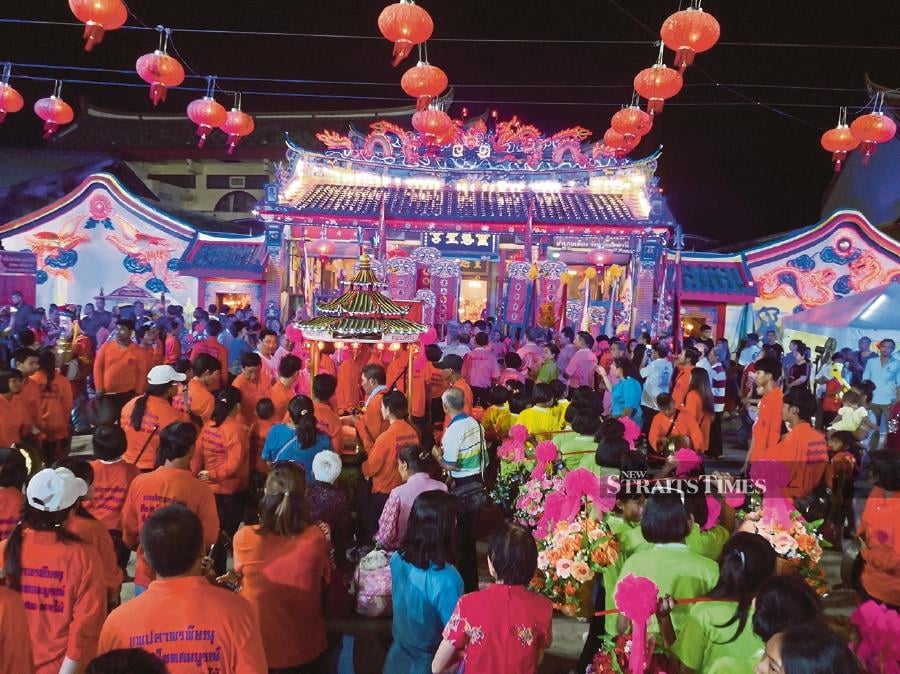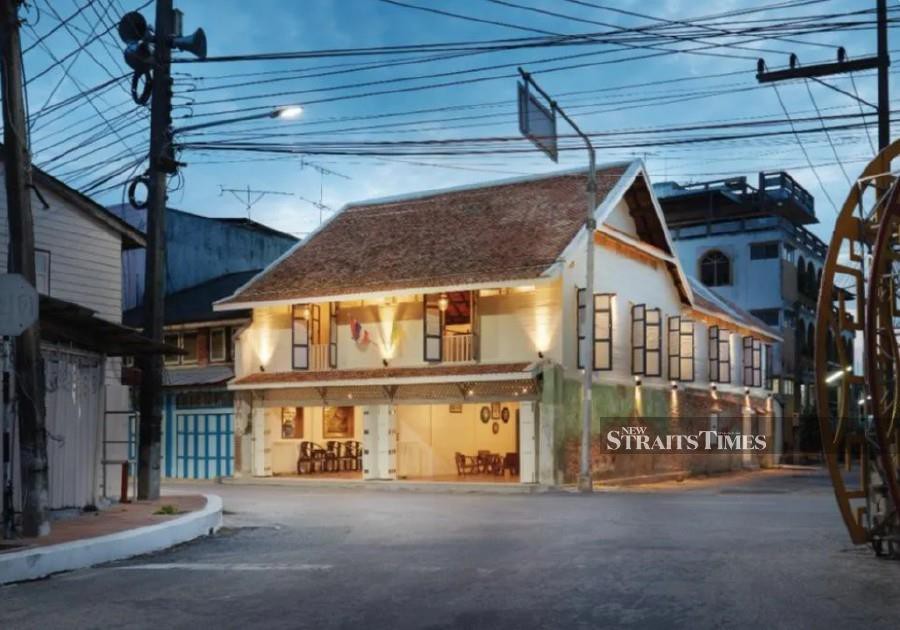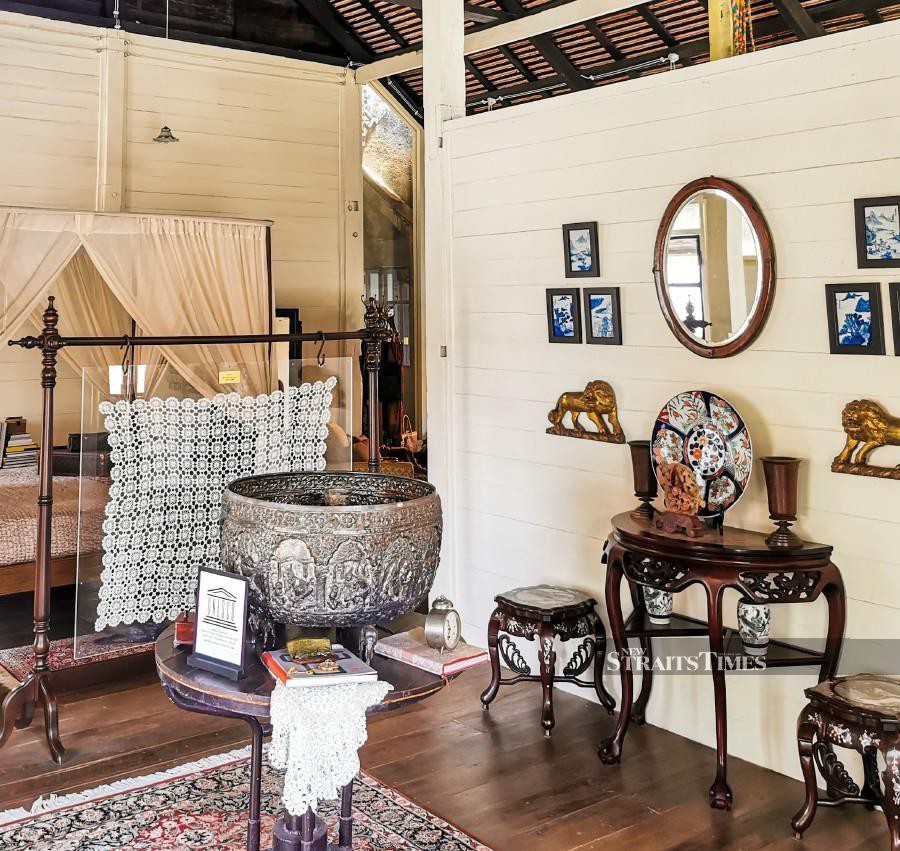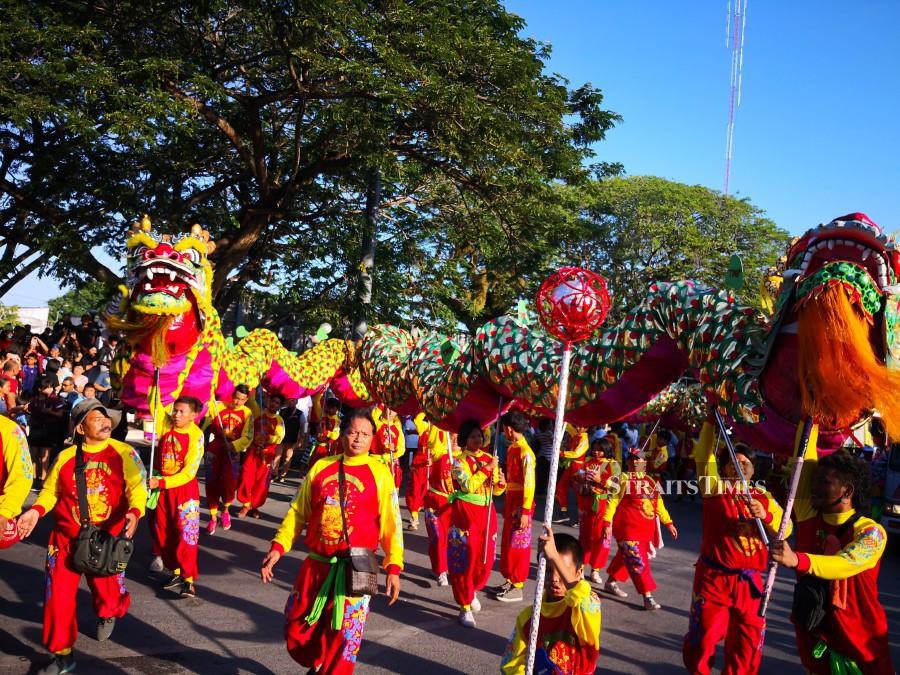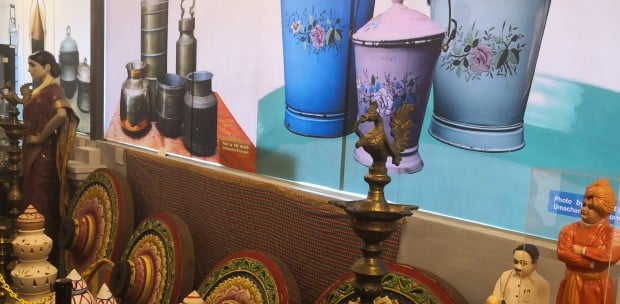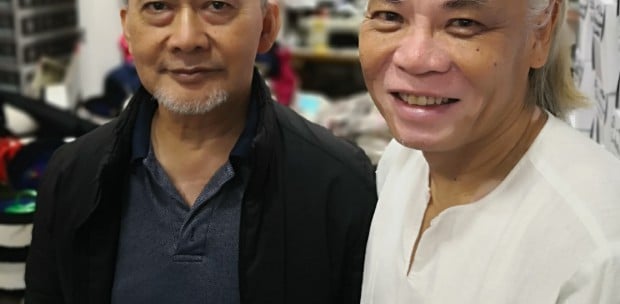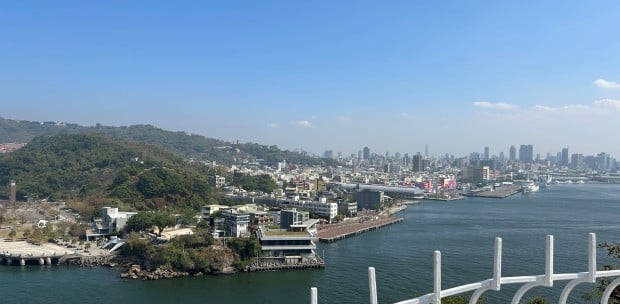JUST as the Lunar New Year comes to a close each year, tourists from far and wide flock to southern Thailand to honour a tragic heroine whose deep sense of filial piety and virtue became cause for devotees to worship her as a revered goddess.
Located within Pattani's bustling Chinatown, the Lim Ko Niao Shrine and its related museum just next door weave a spellbinding tale highlighting the close relationship between the major races that make up Pattani's cohesive social fabric.
FIRST BRICK MOSQUE
The local lore begins with the arrival of a wealthy Chinese trader named Lim Daoqian. With extensive commercial connections in major ports around the South China Sea and an entourage of some 2,000 hardened mariners and fighters, Daoqian quickly emerged as a dominant military and economic figure in Pattani.
It was said that his wealth and influence secured Pattani's position as a leading Southeast Asian entrepot by the early 17th century.
Daoqian eventually married Raja Ijau, the ruling monarch's sister, and embraced Islam. One of his first acts as a Muslim leader was to build Masjid Krue Se to serve as a social and spiritual community centre.
The pride of Pattani, the first brick mosque in the region at that time was constructed using a unique mortar concoction consisting of crushed shells, black glutinous rice, egg white, and diluted honey.
Just as work on the dome was about to commence, Daoqian received word that his sister had arrived in Pattani with bad tidings about their mother at her deathbed.
A bitter duel ensued, with Daoqian emerging victorious after Lim Ko Niao failed to persuade her brother to return to China.
SISTERLY WRATH
Reluctant to return home and labelled a failure, Ko Niao committed suicide by hanging herself from a tree on a slight rise directly behind Masjid Krue Se.
Seconds before taking her own life, she cursed Daoqian, vowing failure for all his endeavours from that day onwards and he would suffer a gruesome death.
Work on Masjid Krue Se resumed soon after her demise but, once construction was completed, storm clouds enveloped the Pattani sky and unleashed a series of lightning strikes that reduced the newly built dome to rubble.
Refusing to attribute the incident to his sister's curse, Daoqian had the dome rebuilt only for it to be struck again by another lightning.
Daoqian resigned to fate after his third attempt also ended with the same result. Masjid Krue Se remains in its unfinished state until this very day as no one dared to recommence construction.
As for Daoqian, his sister's curse held true during preparations for an impending battle with invading marauders. He was blown to bits when a cannon he was testing malfunctioned.
REVITALISED CLAN HOUSE
Fascinating folklores that have captured the imagination of many are not the only tourist draws in Pattani as recent conservation efforts have also given birth to new attractions.
Visitors do not have to look far for these culturally important initiatives as just down the road from the Lim Ko Niao Shrine is Baan Khun Phithak Raya, a stunningly revitalised clan home which won the Unesco Asia-Pacific Merit Award for Cultural Heritage Conservation in 2021.
While recognising the monumental effort made during the meticulous restoration process, Unesco hopes that the century-old shop house's revival will breathe new life into Pattani's fascinating social history.
Built in 1917, Baan Khun Phithak Raya is named after the scion of a high-ranking bureaucrat who dealt primarily in transboundary trade.
At the time, Khun Phithak Raya wanted a house that would not only befit his wealth and social standing but also become a comfortable home for his growing family.
Spearheading this monumental conservation project is Anupas Suwanmongkol, the great-grandson of Khun Phithak Raya by way of his mother, Srisumal Suwanmongkol, daughter to Pattani's 10th governor, Phraya Udonthani.
Returning the century-old building to its former glory by maintaining the original layout, structural system and material palette, the successful business magnate and generous philanthropist intends to turn it into a learning centre benefitting Pattani and his beloved Thailand as a whole.
EXEMPLARY LEADERSHIP
With the river just a stone's throw away, Khun Phithak Raya capitalised on the strategic location to operate a small but lucrative dock. It catered to travellers and goods intended for larger ships like those from the East Asiatic Company, which regularly plied the highly lucrative Bangkok-Singapore route.
Although the wharf is long gone, artefacts uncovered during the restoration process and on display in the house allow visitors to appreciate the historic and cultural role played by Baan Khun Phithak Raya until this very day.
Standing proud as a symbol of both Pattani's glorious past and promising future, Anupas' inspirational restoration project serves as a motivating force for like-minded Thais with identical urban settlement renewal endeavours.
Anupas' exemplary leadership bodes well for Pattani as his beloved southern province continues to progress and contribute emphatically towards nation-building.
Fly to Pattani and experience the cultural diversity with this Malaysia Airline promo code.


